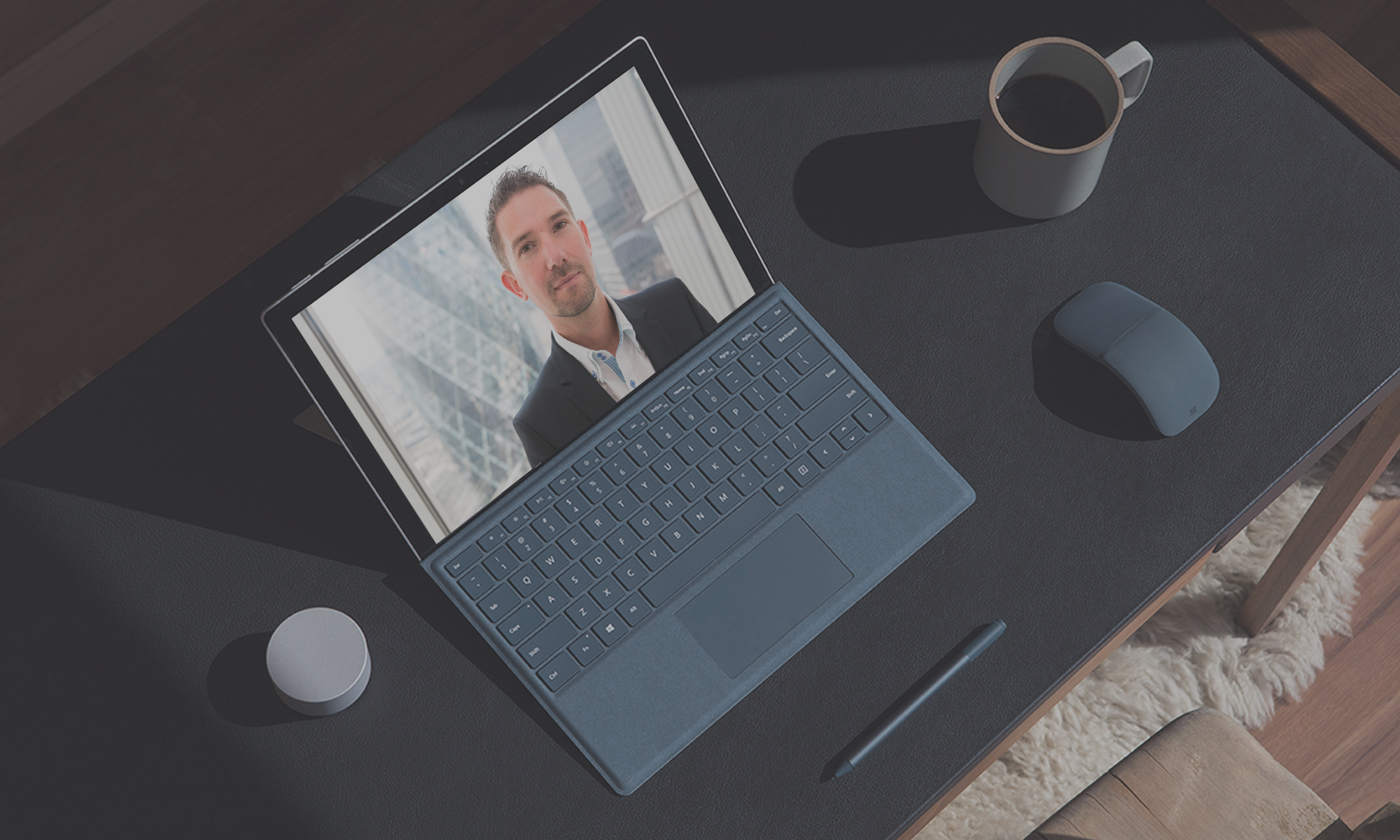As Windows 365 settles well into its forth year, there have been huge advancements in capability, connection methods, endpoint innovation, and licensing options – with even more expected as Microsoft Ignite approaches next week
In my role, I spend a lot of time talking with clients about Modern Work solutions and where Windows 365 fits within their organisation: how it can be adopted and leveraged for simplicity, security, governance, access & management, contractors, and frontline staff.
This blog walks through many of these themes in my own way, reflecting how we often describe them to clients when shaping strategy and deployment.
So, what is Windows 365? Windows 365 is a cloud-based software-as-a-service (SaaS) that provides a new type of dedicated Windows virtual machine (Cloud PCs) for your end users. The Cloud PC lets users access their Windows desktop from various devices, including Windows, Web, iOS, and Android etc.
Ways to Connect to Windows 365
Microsoft now highlights three/four primary ways to connect to a Windows 365 Cloud PC:
- Via Web Browser (at https://windows365.microsoft.com)
- The fastest way to access and deploy, no installation required (and no plug-ins).
- Ideal for occasional access or unmanaged devices and even on home TV.
- Works across platforms (Windows, macOS, iOS, Android, Linux) with no apps needed.
- Remote Desktop App (being deprecated)
- Full-featured experience with richer integration.
- Supports multiple monitors, device redirection, and local resource access.
- Best suited for power users who need a seamless desktop feel.
- Windows App
- Unified app for both Azure Virtual Desktop and Windows 365.
- Modern interface, simplified management.
- Designed for organisations standardising on Microsoft’s evolving app ecosystem.
- Windows 365 Link
- Microsoft first purpose-built Cloud PC device.
- Boots directly to Windows 365 in seconds, with dual 4K monitor support and optimised video conferencing.
- Runs a locked-down OS withno local data, apps, or admin rights, reducing attack surface.
- Managed via Intune and Entra, with flexible deployment models (IT-driven or user-driven
Each method balances simplicity, performance, and integration differently. The right choice depends on your team’s workflows, devices, and IT governance model. Of course in some situations a mix may be used as per my use example below.
Key Use Cases and Scenarios
- Contractors or Temporary Staff → Browser access for quick onboarding/offboarding.
- Field Workers and Mobile Teams → Remote Desktop app for resilience and performance.
- Developers and Power Users :Windows App or Remote Desktop for multi-monitor and GPU acceleration.
- Highly Regulated Industries :Browser or Windows 365 Link for locked-down compliance.
- Shared Workspaces and Hot‑desking: Windows 365 Link for instant sign‑in and simplified IT.
- IT Modernisation Projects: Windows App and Windows 365 Link for different and future‑proof endpoint strategy.
Cost Optimisation for Frontline and Part‑Time Users
Licensing is just as important as the connection method. Here are ways to reduce costs without compromising experience:
- Windows 365 Frontline
- Tailored for shift workers, seasonal staff, and part‑time employees.
- Licenses are pooled—multiple users can share Cloud PCs across shifts.
- Automatic sign‑out ensures Cloud PCs aren’t left idle.
- Currently available with a 20% discount for new customers.
- Blended Licensing Strategy
- Use Enterprise licenses for full‑time staff needing persistent access.
- Use Frontline licenses for part‑time or occasional users.
- This mix maximises ROI and avoids over‑provisioning.
- Bring Your Own PC (BYOPC)
- Employees connect securely from their own devices.
- Reduces hardware spend—Forrester estimates ~$750 saved per contractor.
- Shared Cloud PCs
- Provision temporary desktops for contractors or seasonal staff.
- Can avoids the cost of dedicated, always‑on Cloud PCs.
- Flexible Provisioning
- Scale Cloud PCs up or down based on demand (e.g., retail peaks, healthcare shifts).
- Prevents wasted spend during quiet periods (remove license or scale down).
Let’s talk ROI….
A common question is naturally, “how can Windows 365 can offer better lower cost of ownership than a PC bearing in mind a device of some sort is needed to access Windows 365 from in the first place”.
So, and again this depends on the scenario, when you look at a 4‑year device lifecycle, Windows 365 can deliver a lower total cost of ownership than a traditional PC – especially in BYOPC or contractor scenarios. Even when the costs are similar, the added benefits in security, agility, and simplified IT management make the Cloud PC model more compelling. For frontline or part‑time staff, the savings are even greater thanks to pooled licensing.
The Forrester report (below) goes into this in more detail.
Strategic Considerations
Beyond user scenarios, IT leaders should weigh:
- Security posture: Browser and Link minimise local footprint, while apps offer richer policy enforcement.
- Device diversity: Mixed estates (BYOD, macOS, Linux) lean toward browser; standardised estates benefit from apps or Link.
- Future roadmap: The Windows App and Windows 365 Link are evolving rapidly—early adoption may simplify long-term management.
- Cost efficiency: Frontline licensing and BYOPC strategies can significantly reduce TCO.
Sources
There are a bunch of great Microsoft and tech community sites that talk about these things in more detail.. I’ve included the URLs below as these go deep into many areas I have covered above.
Windows 365 – How to Choose the Best Connection Method for Your Team
Windows 365 Link — The First Cloud PC Device
Windows 365 Link – Deployment Planning, Setup and Enrollment
Windows 365 Documentation (Microsoft Learn)
Windows 365 Frontline (Official Microsoft Page)
Forrester TEI Study — The Total Economic Impact of Windows 365





